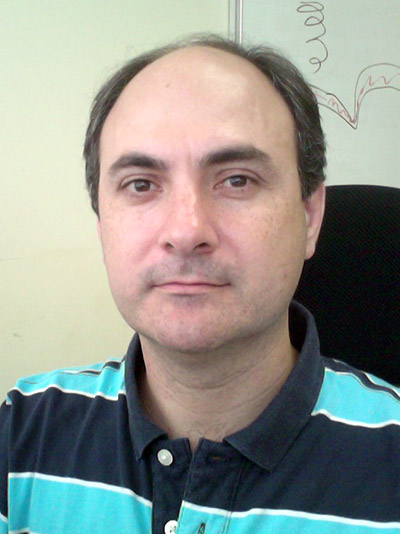Probing the Perfect Liquid with the STAR Grid
From Science Gid This WeekMicroseconds after the Big Bang, the universe consisted only of a soup of free quarks and gluons. Experiments at the Relativistic Heavy Ion Collider (RHIC) at Brookhaven National Laboratory seek to reproduce this soup—called the quark-gluon-plasma—by creating "little bangs" from high-energy collisions of heavy nuclei. The Open Science Grid's software stack helps the STAR experiment study the quark-gluon plasma in the laboratory by bringing its far-flung computing resources into a uniform environment. Click here for the full text.




No comments